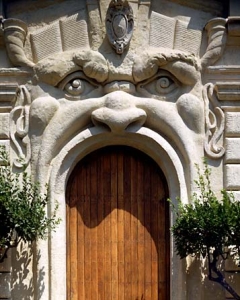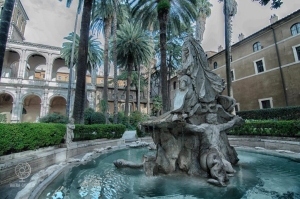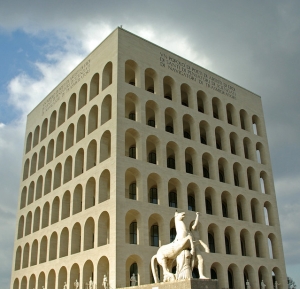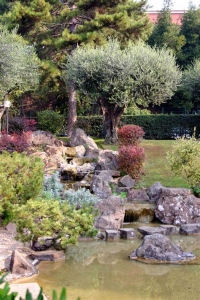Tag Archive for: rome
- PALAZZO ZUCCARI
Also known as the House of Monsters because of the door that opens into a gigantic open mouth with a keystone nose, it is one of the most unusual structures of the capital. Federico Zuccari made it inspired by the Sacred Wood of Bomarzo, from which he had been particularly fascinated. This work is located in Via Gregoriana 30.

- THE MOSE OF MICHELANGELO
It is one of the most famous sculptures by Michelangelo and is part of the tomb located in San Pietro in Vincoli, built in 1505 on commission of Pope Julius II. Legend has it that Michelangelo contemplating the sculpture at the end of the finishing, was himself amazed by the realism of the forms and that he exclaimed “Why don’t you speak?” hitting his knee with the hammer he was holding. He is in Via delle Sette Sale 14.

- THE GARDEN OF PIAZZA VENEZIA
Also known as Giardino Ritrovato, this Renaissance courtyard has been redeveloped and is open to everyone free of charge. At the center of the courtyard is the travertine fountain that is the fulcrum of the garden both visually and auditory. The statues confirm the link of the Palace with the Republic of Venice, in fact there is the statue of a woman with the Doge’s hat in the act of throwing a ring in the water that recalls the Venetian Sensa Festival, a ceremony of union between the city and the sea. It is located in Piazza Venezia.

- THE SQUARE COLOSSEUM
In fact, we talk about the Palazzo della Civiltà Italiana or the Palazzo della Civiltà del Lavoro. This famous monument has the shape of a large parallelepiped with four equal façades, each marked by fifty-four arcatelle that make it resemble the Colosseum, but with a streamlined shape. Its height rises by sixty meters and the base is fifty-three meters wide: the structure is in reinforced concrete and the cover in travertine. On the ground floor, there are statues of the square Colosseum: they are twenty-eight sculptures depicting the allegory of the virtues of the Italian people. Inside, it takes up the external lines: there are large cubic metres covered with emphatically vertical marble coverings. The floors are distinguished by antique red marble, while the splendor is underlined by the large crystal and brass chandeliers, restored according to their original image. It is located in Via Quadrato della Concordia 5.

- THE JAPANESE GARDEN
Designed by the architect Ken Nakajima, the same who created the Japanese area at the Botanical Garden of Rome. You are immersed in Japanese culture, a walk among cherries, irises and wisteria, the pond, the waterfall, the rocks, the bridge and the stone lamp, tôrô. All the essential and traditional elements of the garden of sen’en style (garden with pond) appear, which has reached its current splendor perfecting itself through the Heian, Muromachi (XIV-XVI centuries) and Momoyama periods (late XVI centuries). The veranda, tsuridono, which extends over the pond is one of the best points to enjoy the view of the garden. It is located in Via Antonio Gramsci 74, at the Japanese Institute of Culture in Rome.

